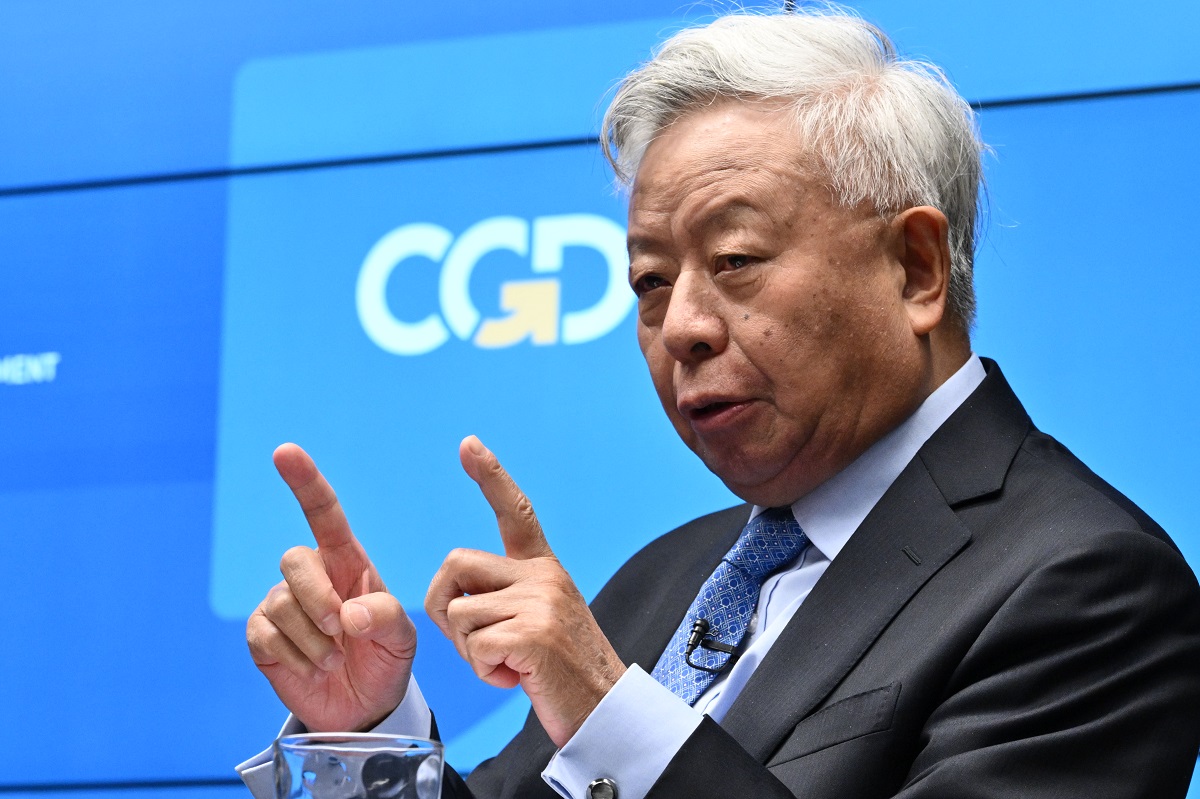After years of neglect, agriculture is back on the agenda. In June the World Bank announced that it would prepare a World Development Report on Agriculture for Development for publication late next year. Then yesterday the Bill and Melinda Gates Foundation and the Rockefeller Foundation announced that they will jointly invest in a Green Revolution for Africa. The goal, they said, is to "dramatically increase the productivity of small farms, moving tens of millions of people out of extreme poverty and significantly reducing hunger."For such a tall order, the initial funding announced is modest--$150 million over five years. If the amount signals caution, that's appropriate. Bringing a Green Revolution to Africa is going to be extremely difficult, for three basic reasons.First, the science is harder. Africa does not have large expanses of similar agro-ecological environments where a new rice or wheat variety can succeed on millions of hectares. There are dozens of crops that need to be improved, and each of them will have to be adapted to hundreds of micro-climates.Second, the economics are harder. As Norman Borlaug, the father of the first Green Revolution, said at a presentation at the Center for Global Development last week, Asian countries were able to provide their farmers adequate economic incentives to adopt the new varieties just by ending their consumer-oriented food policies. Now, partly because of the extraordinary success of that first Green Revolution (and partly because of huge subsidies to rich countries’ farmers), the world is awash in cheap grain. An open trade policy and competitive exchange rate no longer provide farmers in poor countries with much in the way of incentives to produce staple foods.Third, the politics are harder. The large Asian countries that were the home of the first Green Revolution, whatever their form of government, were under enormous political pressure to provide food security. Because these countries were so large, food aid was not a long-run option for food security (and reliance on food aid left security in the hands of the donors, not domestic leaders, as India discovered to its distress when Lyndon Johnson put it on a “short tether” policy in 1967). Even imports from the world rice market could cover only a small fraction of their needs. By the late 1960s, there was no political alternative to raising domestic food productivity.It turns out that being a latecomer to development in a rapidly globalizing world is no longer an advantage, especially when the technology needed for the first, crucial step of raising productivity of millions of small farmers cannot be easily borrowed. For Africa to succeed in this, and for the Gates-Rockefeller investments to pay off, the science, economics and politics will all have to work together. That is a big challenge indeed.But, as Dr. Borlaug emphasized in his comments, it is not an impossible challenge. And it is too big and important to ignore. Dr. Borlaug's presentation, now on-line at the CGD website (slides and video available), offers hope and guidance on how the Gates and Rockefeller resources can be spent to good advantage.
CGD blog posts reflect the views of the authors, drawing on prior research and experience in their areas of expertise.
CGD is a nonpartisan, independent organization and does not take institutional positions.



